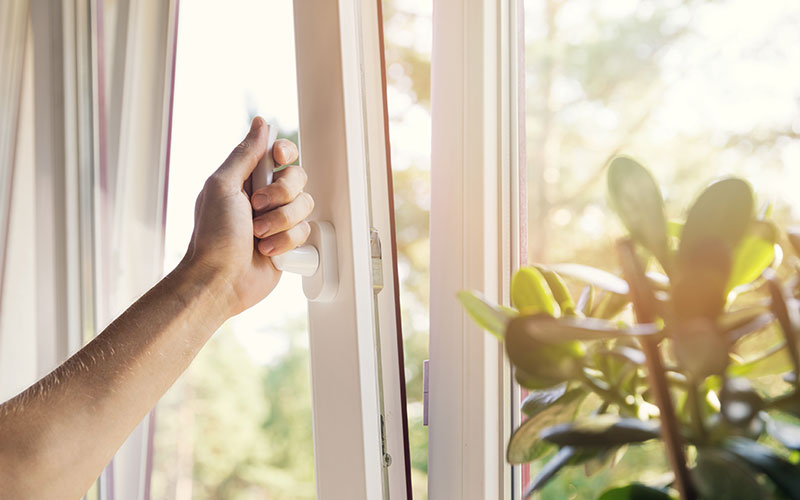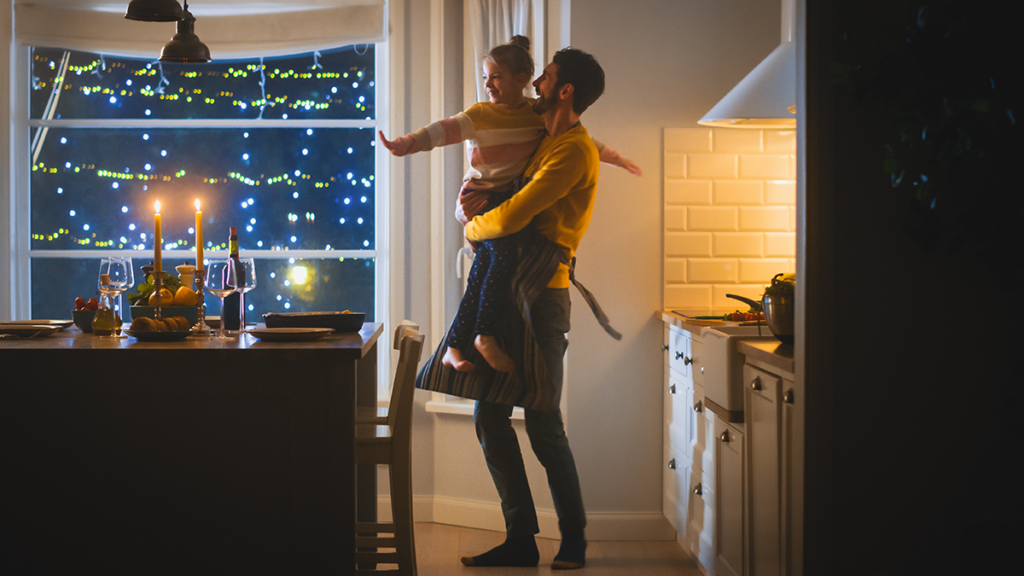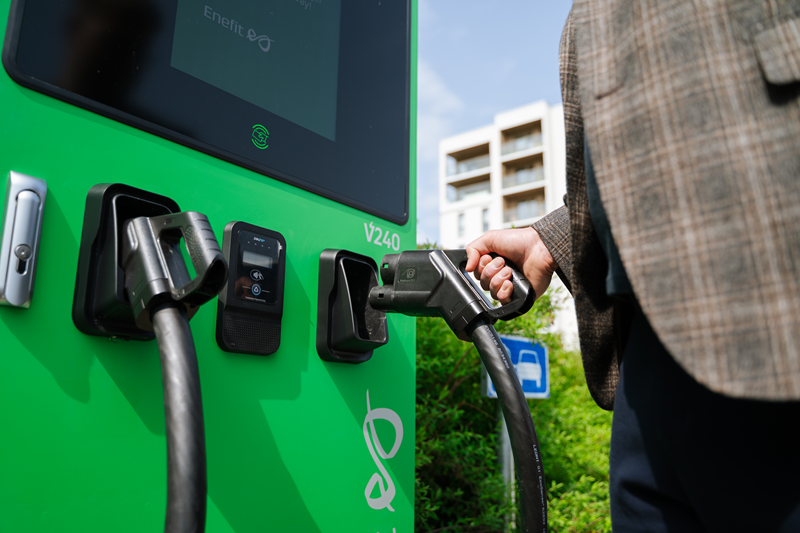Since we have to think about how to heat our homes for nine months a year in our climate, heat waves often hit Estonians like lightning from a clear sky. Fortunately, it’s never too late to think about cooling your home.
1. Think about cooling before moving in
The best tip for preventing temperature problems in your home is to think about cooling your house or apartment before you buy, rent or build it.
It is especially good to think about this aspect already in the construction phase. Much depends on the choice of materials and the position of doors and windows in relation to the cardinal directions. If you are planning a private house, it is worth considering building a house where the temperature stays cool even in summer.
When buying or renting an apartment, the first thing to look for is the position of windows in relation to the cardinal directions. It is best to find an apartment with windows facing east-west. Large windows to the south can be beautiful, but are often the cause of overheated rooms.
2. Draw the curtains
Curtains should be light and not translucent. Light curtains reflect sunlight, while dark tones absorb heat. Blinds, ribbed curtains, sunshades, sun protection glasses and films protect against excessive heat in addition to curtains.

3. Don’t let cool air escape
Air leakages are the enemies of tenants and owners both in winter and summer. Warm air moves out in winter and you lose cool air in summer. But where does the air go? In summer, cool air often escapes through places you can’t even imagine, such as through the damper of your stove or fireplace. Door and window seals can also turn out to be the bad guys.
4. Is your attic insulated?
Surely you’ve noticed how hot the sun heats an attic or a finished attic floor? If you cannot even set foot under your roof during a heat wave, it’s an indication that your attic needs insulation. Insulating the attic also helps to prevent the upper floors of your house from overheating.
5. You can brake the heat with a remote control
If the heat is unbearable and mind-numbing, consider buying a cooler or an air conditioner. Air conditioning is perhaps the most efficient solution that instantly stops the heat, at the touch of a button.
Air conditioners have become more popular in Estonian homes, because in addition to convenient cooling, many of them are able to heat to some extent. Thus, the device is useful in both summer and winter. Modern equipment is economical and efficient, always ensuring a uniform temperature and a pleasant indoor climate.
Wall mounted models are the most popular at home, with the advantage of low prices and easy installation. Wall mounted models only need one square metre of free wall space and installation takes about a day for qualified technicians.
6. There’s no point in cooling the outside air
One of the biggest ”energy robbers” is our own comfort. Just as there are more and more heating devices on the terraces of outdoor cafes, it is not uncommon for a homeowner spending time in the garden to bring a fan next to a sun lounger.
However, it is extremely energy intensive and inefficient. When enjoying the balcony or the garden, it is wiser to stay in the shade, get a parasol or make yourself a breeze with a folding fan.
7. The temperature should not be set too low
You’ve surely been in a situation where you go from tropical heat to an ice-cold bus or mall. The purpose of a cooling device should not be excessive cooling.
Although the recommended indoor temperature is 21-22 degrees, it is worth raising it in summer so that the difference with the outside air is not radical. By gradually adjusting the temperature, you will get used to warmer rooms. Keep in mind that any degree below 25C increases energy consumption by 3-5%.



